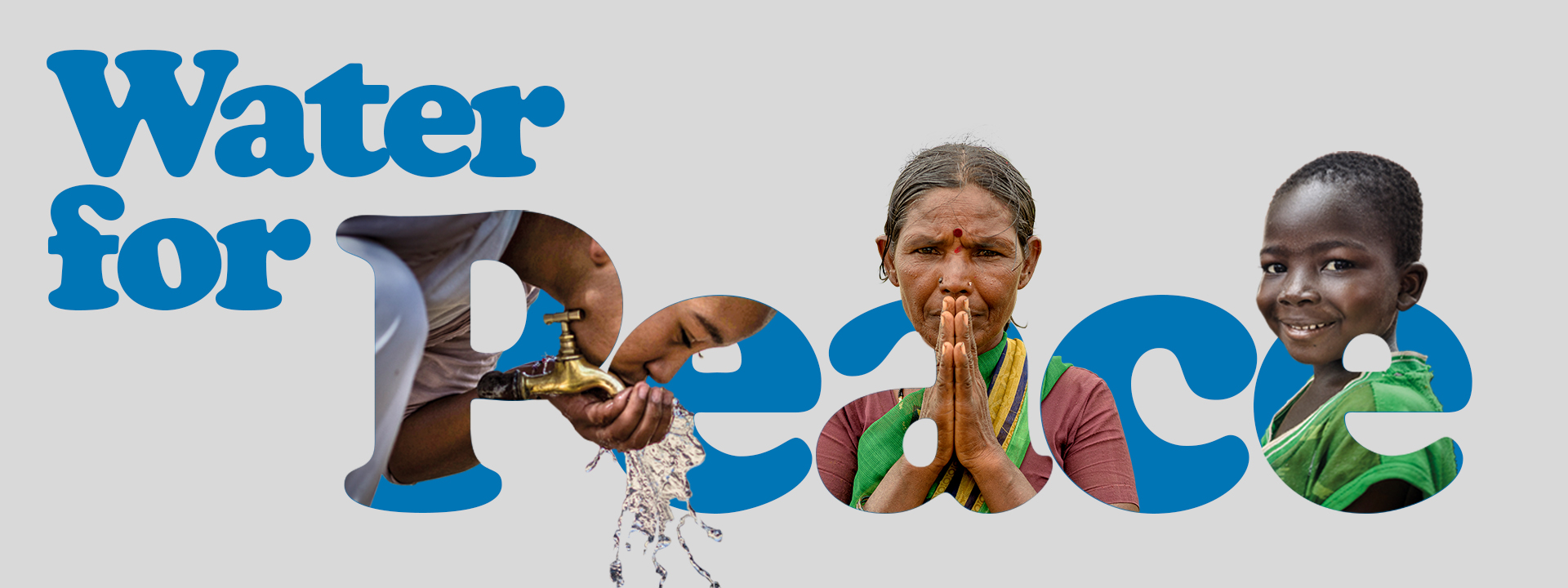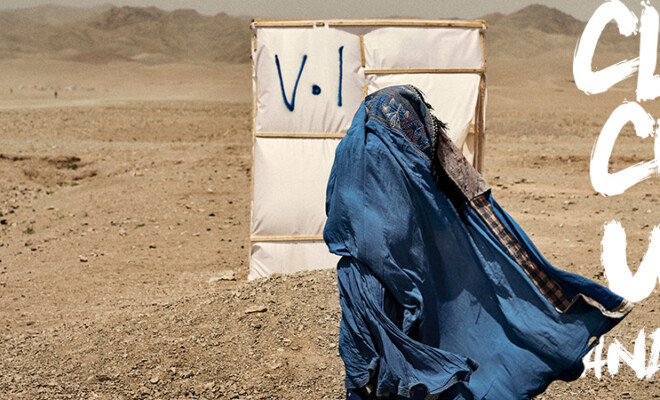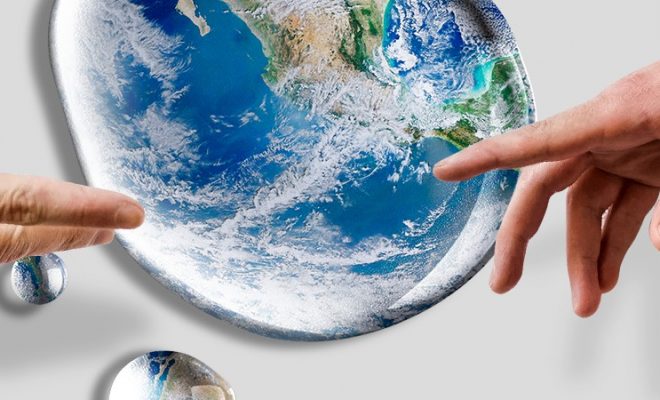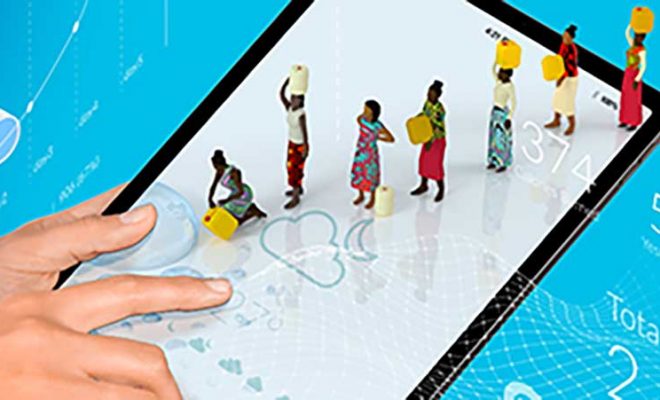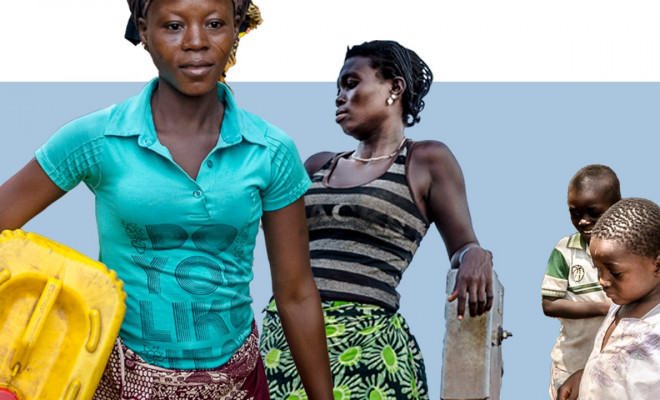Is it possible for water to foster peace? Despite numerous reasons suggesting otherwise, water has the potential to unite people. However, it is undeniable that water can also be a source of conflict, often gaining significant media attention, which unfortunately overshadows positive developments. With the looming threat of climate change exacerbating water scarcity in many regions worldwide, there is growing alarm about escalating tensions. This raises serious doubts about the world’s ability to address the increasing water-related conflicts effectively.
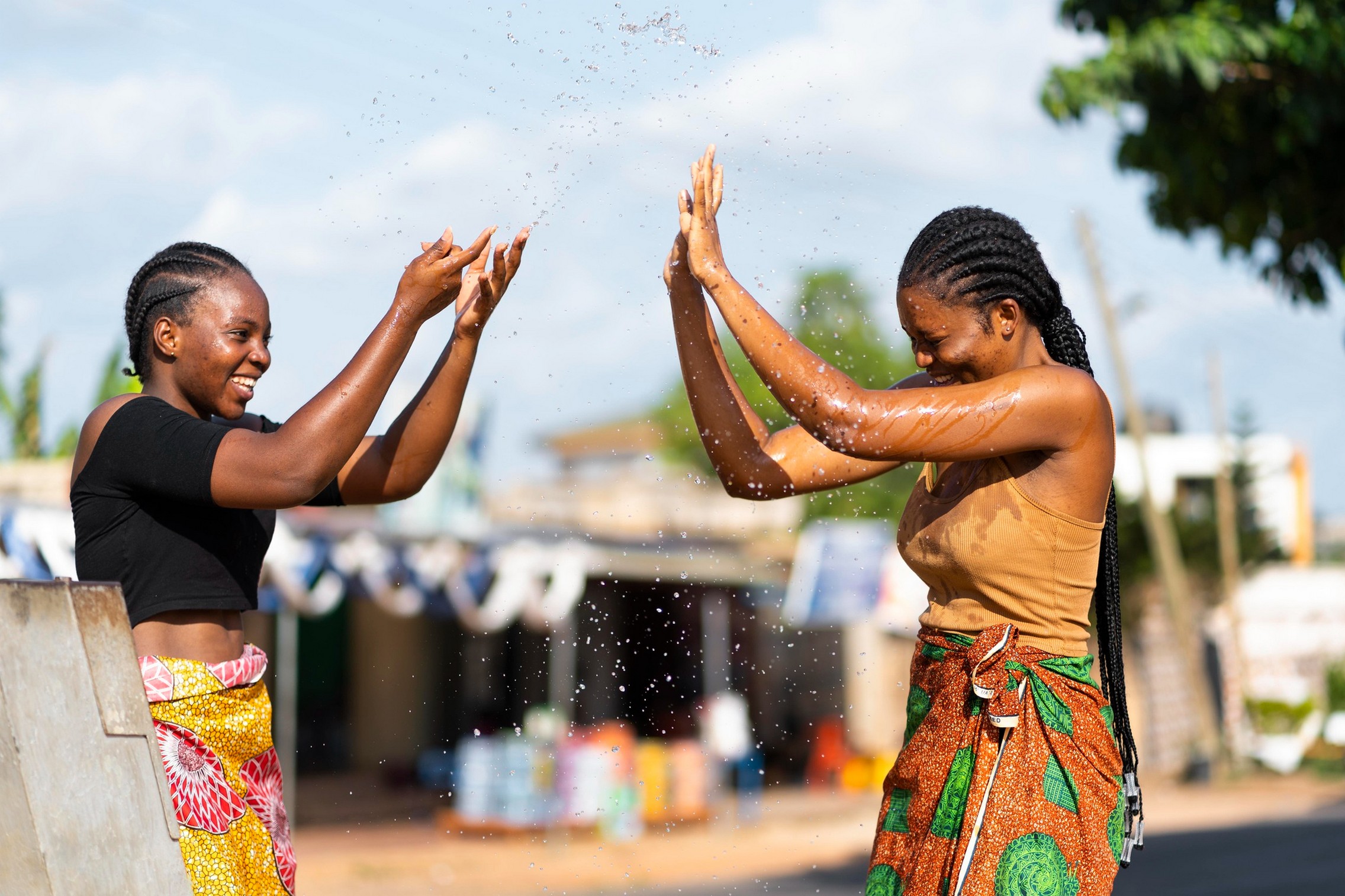
Despite geopolitical tensions, small communities exemplify the power of solidarity in addressing water crises. © Freepik
According to the UN, approximately 60% of the world’s freshwater flows come from transboundary waters, including 468 aquifers and 310 river and lake basins. About 153 countries share their water resources with neighboring nations. Around 40% of the global population (roughly 3.2 billion people) resides in river basins reliant on other governments. However, only 24 countries have reported having cooperative agreements in place for accessing shared water resources. There is still a long way to go.
Geopolitical Conflicts Are in the Spotlight
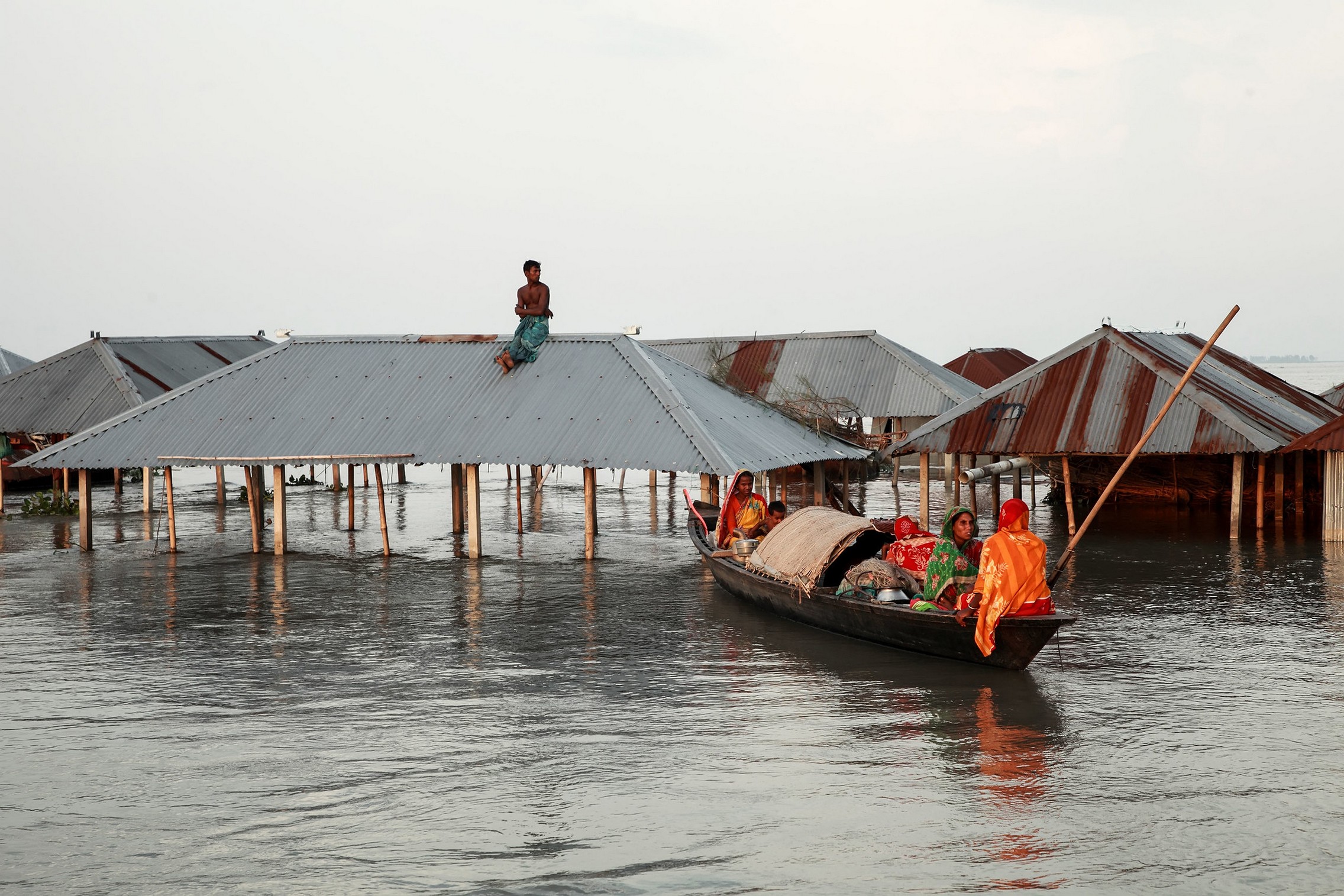
Approximately half of the global population faces severe water shortages for at least part of the year, and floods account for 70% of all deaths related to natural disasters. © Muhammad Amdad Hossain /WMO
The struggle for control over transboundary water resources presents an evident destabilizing influence. While cooperation and alliances are crucial, they are undeniably challenging to achieve. Numerous instances in today’s geopolitical environment illustrate significant competing interests that endanger the human right to water. Consequently, this undermines the potential of water to serve as a catalyst for peace.
Among these tensions, the dispute between Egypt, Sudan, and Ethiopia concerning the Nile’s water stands out as the most prominent. This conflict resembles a veritable “cold war” sparked by the construction of the Grand Ethiopian Renaissance Dam. This mega-project has fundamentally altered the hydrology of the significant African river, compelling the governments of the three nations to confront one of the most critical challenges in international cooperation regarding water resources to date.
In addition to the highly publicized conflicts, others of lesser media attention have persisted unresolved for over half a century. One example is the water dispute concerning the Jordan River and its Yarmouk tributary. This longstanding conflict has created tensions between Israel and its neighbors, including Lebanon, Syria, and Jordan, since the 1940s. Moreover, it has extended to involve the Palestinians in the occupied West Bank.
Yet another enduring confrontation exists between India and Pakistan over Kashmir, where control over the Indus, Jhelum, and Chenab rivers plays a decisive role. The gradual melting of the Himalayas and escalating pollution affect these river basins, contributing to heightened tensions downstream.
Syria’s claims against Turkey over the degradation of the Euphrates River are another example of a challenging conflict to resolve. The construction of dams by Turkey has led to a reduction in the river’s flow, posing a threat to the survival of a population already devastated by more than a decade of war. Resolving this issue proves to be exceptionally difficult.
In certain instances, collaborative initiatives are proving to be successful. The Mekong River Commission, which unites the governments of Cambodia, Laos, Thailand, and Vietnam, has intensified its efforts to combat the degradation of the 4,350-kilometer-long river. This endeavor aims to preserve its delta, which sustains more than 21 million people. Notably, the commission has made considerable headway in fostering cooperation among governments that have historically been at odds over water issues. Most recently, China and Burma have joined efforts towards achieving fully integrated water management across the entire basin.
Several underlying factors contribute to tensions in all these conflicts. Economic incentives for hydropower development, the excessive extraction of groundwater for irrigation purposes, and the widespread pollution downstream are among the primary causes of contention.
However, the success stories are significant and provide grounds for optimism. At the recent COP 28 in Dubai, the capacity of water to foster unity across cultural and political divides was notably highlighted. During the roundtable discussion on Climate Change, Water, and Peace, organized by the Foundation, representatives from Jewish, Muslim, and Christian cultures showcased the strength of the bridges constructed amidst climate change and water scarcity challenges. These bridges exemplify solid connections that emphasize the values of unity over division, offering hope for further development and cooperation.
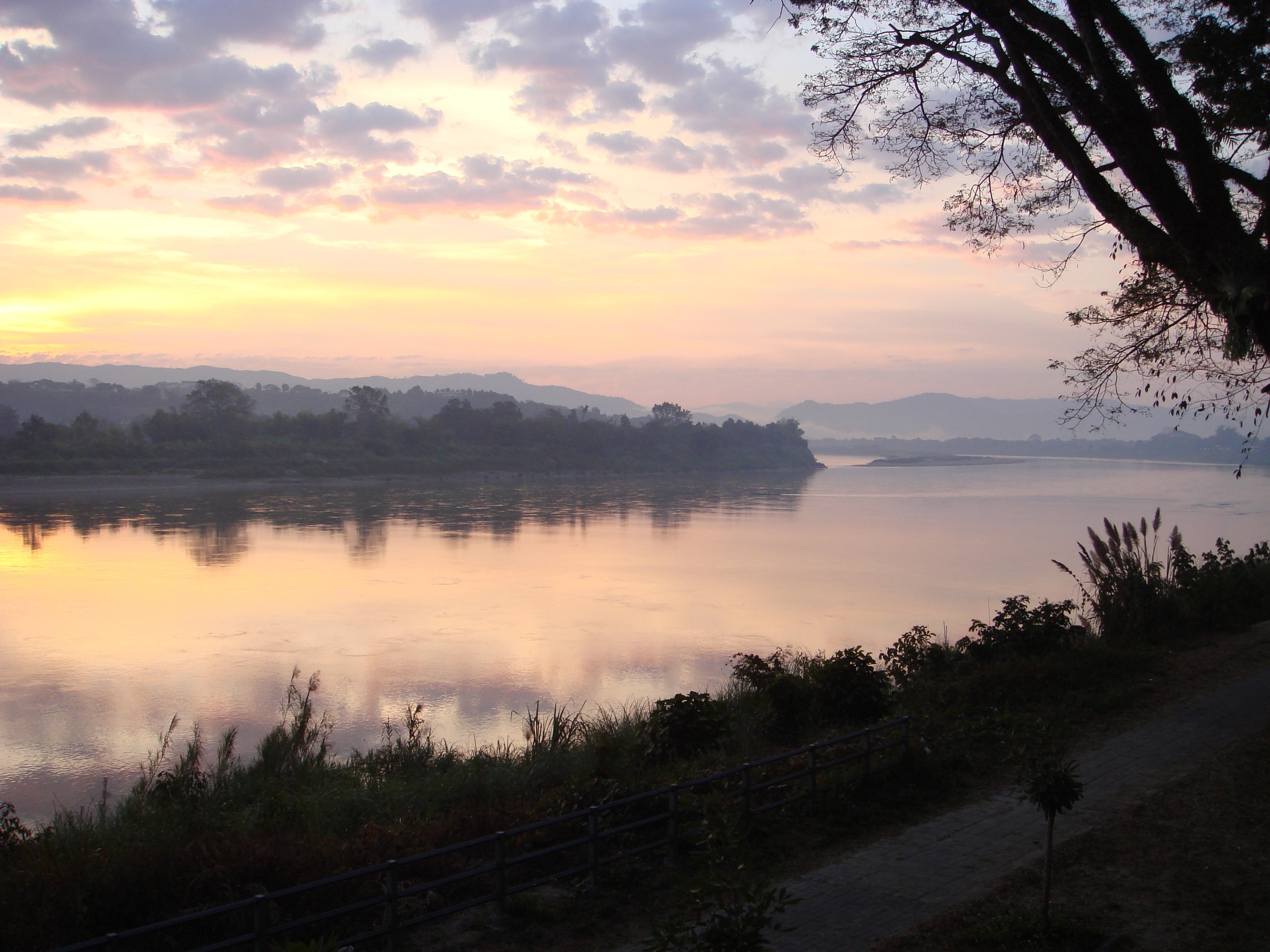
La Comisión del Río Mekong, que reúne a los gobiernos de Camboya, Laos, Tailandia y Vietnam, ha redoblado sus esfuerzos para frenar el deterioro del río, de unos 4.350 km y, en consecuencia, salvar su delta que alimenta a más de 21 millones de personas. © Ondřej Žváček
Small-scale Solutions We Sometimes Do Not See
Tensions surrounding water are prevalent even in small, neglected communities where disputes over aquifers or rivers can determine life or death. Despite efforts, data from the WHO/UNICEF Joint Monitoring Programme (JMP) in 2022 reveal an alarming level of vulnerability. Over 2.2 billion people still lack access to safely managed drinking water, with 115 million forced to rely on surface water. Progress in addressing these issues remains sluggish, exacerbated by the climate crisis. Approximately half of the global population faces severe water shortages for at least part of the year, and floods account for 70% of all deaths related to natural disasters.
Discussing peace becomes futile when communities are facing water scarcity. However, when these communities are brought out of obscurity and given visibility, they often showcase their ability to develop a collective vision of solidarity, which is the foundation for resilience. This phenomenon has been observed in all our aid projects: through active participation and the dissemination of knowledge about the water cycle and its management, communities realize that solidarity and collaboration are crucial for overcoming crises. It is during these moments that peace begins to thrive.
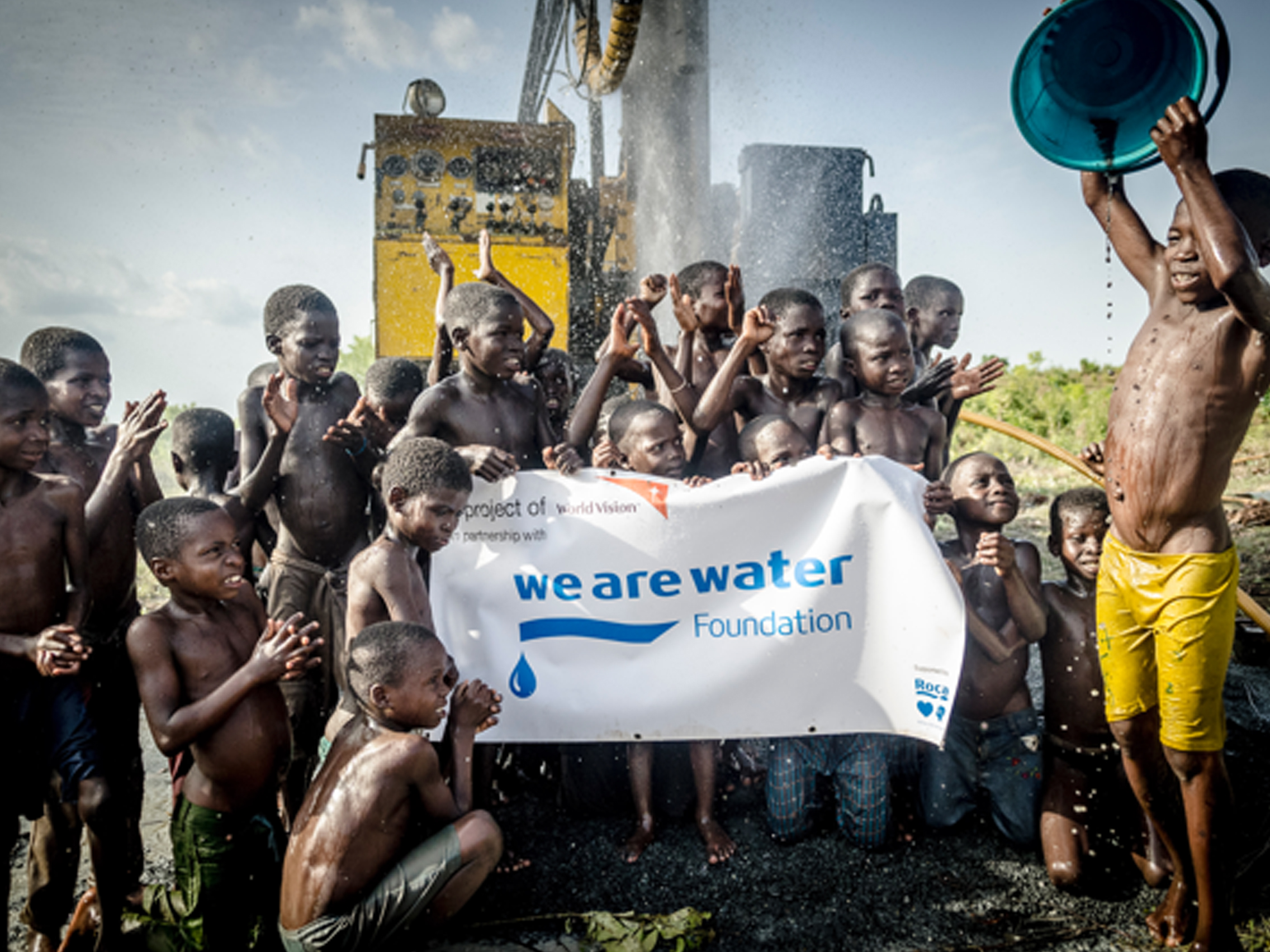
When these communities are brought out of obscurity and given visibility, they often showcase their ability to develop a collective vision of solidarity, which is the foundation for resilience. This phenomenon has been observed in all our aid projects. © Carlos Garriga /WAWF


